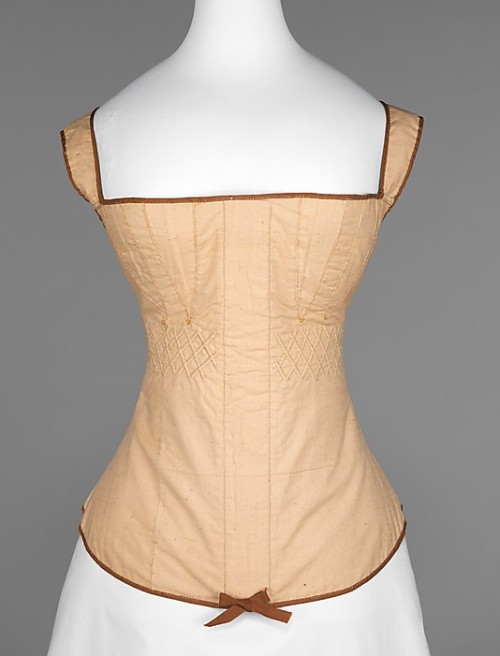Mary's mathematical expertise would develop by chance. Upon her return from Musselburgh, she began reading every book she could find in her home in an effort to continue her education. Yes, she was pretty much self-taught, which makes her achievements even more impressive! As was common at the time, her family criticized her for her efforts, which were not considered appropriate for a young lady. So, to counterbalance this desire she had for learning, she was sent to a school in Burntisland where she was taught needlework - so much more useful, wouldn't you agree?
Thankfully, she did manage to gain support from her uncle in whom she confided that she'd been teaching herself Latin. Rather than scold her for it, he encouraged her, and while visiting him in Jedburgh, he and Mary would read Latin together before breakfast.
When Mary was about thirteen, she moved to Edinburgh for the winter months and continued to socialize in the manner appropriate to a young lady. She learned to play the piano and was also taught to paint by the artist Alexander Nasmyth,
In fact, her painting lessons would introduce her to Euclid's Elements since she happened to overhear the artist explaining how essential it was to understanding perspective in painting to another student. More than that, she was intrigued to discover that it formed the basis for understanding science and astronomy. This was all Mary needed to know in order to embark on her own study of Euclid's Elements, which she did with the help of her younger brother's tutor. She became so engrossed in her studies that her parents worried about her health due to Mary's propensity for studying late at night. They insisted that she discontinue and that she should focus her energy of social functions instead. While Mary maintained a sweet and polite demeanor and was even nicknamed the "Rose of Jedburgh", she did not give up on her mathematical pursuits, but continued her studies in secret.
In 1804, at the age of 24, she married naval officer, Samuel Greig, who did not understand her love of learning and held intellectual women in low esteem. However, to his credit, he made no attempt to interfere with her pursuits.
Following his death in 1807, Mary continued educating herself and surrounded herself with friends who supported her studies. She read many mathematical and astronomical texts, including Newton's Principia and Laplace's Mécanique Céleste. In 1811, she received a silver medal for her solution to a mathematical problem presented in the Mathematical Repository.
In 812, she married her cousin, William Somerville - son of the uncle who'd helped her learn Latin. Unsurprisingly, William was just as supportive of Mary as his father had been and encouraged her to continue. Furthermore, he was also interested in science and the two studied geology together. During this time, Mary's circle of scientific friends expanded and she even met Laplace on a visit to Paris with her husband.
In 1826, Mary published her first paper with the Royal Society, entitled, The magnetic properties of the violet rays of the solar spectrum, and although refuted, the paper was considered to show great promise and attracted much attention at the time. It also lead to a proposal, made by Lord Brougham in 1827 on behalf of the Society, for Mary to translate Laplace's Mécanique Céleste into English.
Mary, however, was unsure of her capabilities, so although she accepted the challenge, she asked that it be kept secret and the work destroyed in the event that it failed to meet expectation.
As it turned out, Mary's concerns were unfounded. Her translation was published as a book in 1831, titled, The Mechanism of the Heavens, and was an immediate success!
Her second book, The connection of the physical sciences, was published in 1834, and it was in the sixth edition of this work that Mary would hypothesize the existence of a planet beyond Uranus, leading John Couch Adams to his discovery of Neptune.
In 1835, Mary and Caroline Herschel were the first women elected as members of the Royal Astronomical Society. She was also elected honorary member of the Société de Physique et d'Histoire Naturelle de Genève in 1834 and to the Royal Irish Academy, testimonies to her rising acclaim.
In 1838, she and her husband moved to Italy where Mary would spend most of the rest of her life. Here, she would write the most important of her publications: Physical Geography, which was published in 1848 and would be studied at schools and universities until the beginning of the 20th Century. As a result of this publication, she was elected to the American Geographical and Statistical Society in
1857 as well as to the Italian Geographical Society in 1870. In 1870, she was awarded the Victoria Gold Medal of the Royal Geographical Society.
Given her background and her struggle to receive an education that would enable her to accomplish what she did, it's hardly surprising that she was also a strong supporter of women's education and women's suffrage, and her signature at the top of the petition presented to parliament by British philosopher & economist John Stuart Mill, requesting women's right to vote.
This lady, who earned the respect of so many notable people during her lifetime and who managed to pursue her dreams even when many of those closest to her were unsupportive, died in Naples, Italy, in 1872, and was buried there in the English cemetery.





